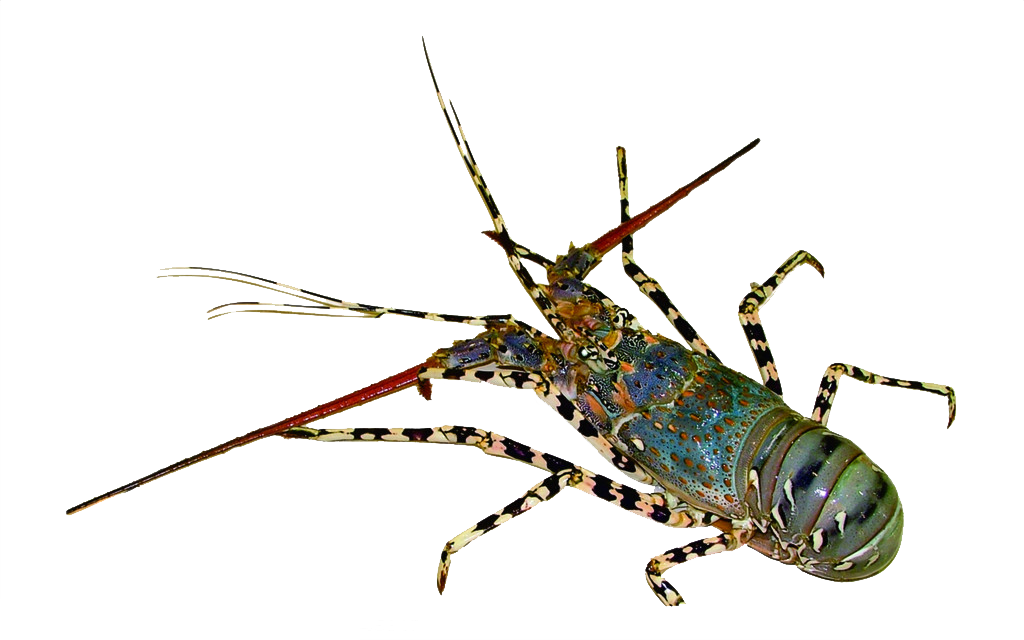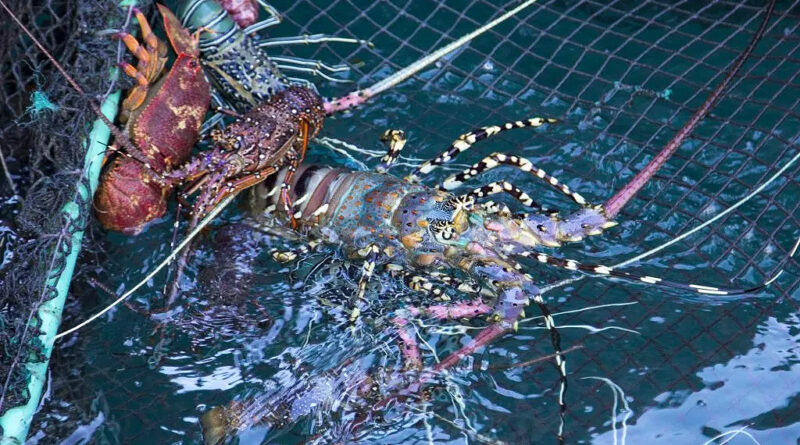Ranching – value added to small-scale fisheries
Small-scale fisheries (SSF) or near-shore fisheries sectors in the Middle East (and around the world) tend to be firmly rooted in local communities, traditions and values. Many small-scale fishers are self-employed and usually provide fish for direct consumption within their households or communities. Small-scale fisheries are not small by any means; this fisheries sector contribute about half of global fish catches (FAO, 2018). When considering catches destined for direct human consumption, the share contributed by SSF increases to two-thirds. In terms of employment, SSF are by far the oceans’ largest employer – greater than industrial fisheries, oil and gas, shipping, and tourism combined (WorldBank, 2012; OECD, 2016). It is estimated that about 90 percent of all people are directly dependent on work in capture fisheries in the SSF sector. Women are significant participants in the sector, particularly in post-harvest and processing activities.
However, the sector faces many challenges that, in certain countries, threaten its existence as a viable source of income for local communities. These challenges include declining fish stocks, competition from other sectors (e.g. industry, tourism), few alternative livelihoods, weak representation and influence in resource management and lack of access to financing.
On the flip-side, the aquaculture sector in the Middle East region is booming. The aquaculture development and investment in the Gulf countries is in the range of hundreds of millions of dollars with more and more new projects approved and under development.
The two sectors have very little in common between them in terms of investments, technical manpower, scale of operation and species rear or catch, logistics, etc.
However, a possible model may be suitable for specific species in the SSF sector, utilizing aspects of both sectors to develop value-added and increase income to fisheries communities.

The ‘Ranching’ model
Seafood ‘ranching’ is defined as, ‘Collecting juvenile aquatic organisms and growing them to market size.’
Currently, most of the seafood caught by small-scale fisheries are sold as fresh, chilled or un-chilled products with only small percentages further processed and value-added. The ranching model involves fishing specific seafood species (usually, juveniles or under market size),keeping them alive onboard, and transferring them back to shore where they will be put into grow out systems. The animals will then be taken care of by the immediate fishermen family and/or community. When reaching market size, the seafood can be sold directly, through fishing cooperates locally or exported

